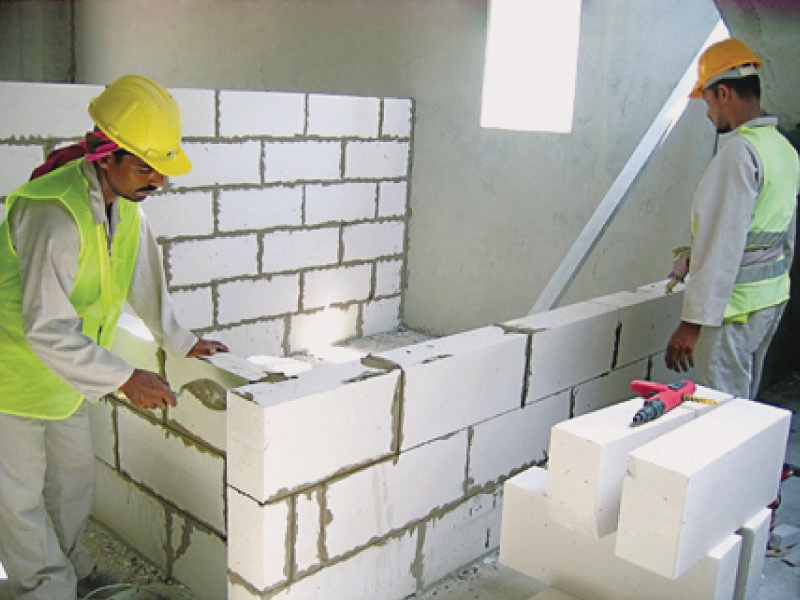Ministry of Environment and STEM Cambodia Launch Innovative Tree Growth Tracking App
In a significant step towards fostering environmental stewardship among the youth, the Ministry of Environment has announced a collaboration with STEM Cambodia to develop the CHAKRA STEM App, an innovative tool designed to monitor tree growth and enhance awareness of ecological conservation. The memorandum of understanding was formalized during a ceremony attended by His Excellency […]
China Fosters Investment Relations with Cambodia Through New Business Association
In a significant move to enhance economic ties, a consortium of Chinese investors has officially launched the Hubei Province Business Association in Cambodia. This initiative aims to attract more Chinese investments and foster collaboration between the two nations. During the launch event, His Excellency Chea Wutthy, Secretary-General of the Cambodia Investment Committee under the Council […]
Apsara Authority Reopens Historic Building to Enhance Angkor Tourism and Research
In a significant development for tourism and heritage conservation, the Apsara Authority has announced the reopening of an ancient building, over a century old, located near the Bayon Temple. This historic structure will now serve as a center for research and education in Angkor’s conservation efforts. His Excellency Long Kosal, Deputy Director General of the […]
Visa Expands Support for Cambodia’s SMEs and Informal Economy
In a significant development for Cambodia’s economic landscape, Visa has announced its commitment to bolster support for the nation’s small and medium-sized enterprises (SMEs) and informal economy. This announcement follows a productive meeting held on May 23, 2025, between HE Hem Vandy, Minister of Industry, Science, Technology, and Innovation, and Ms. Lisa Sargent, Country Director […]
Cambodia Unveils Strategic Plan to Combat Greenhouse Gas Emissions
In a significant step toward addressing climate change, Cambodia has officially launched an ambitious strategic plan aimed at reducing greenhouse gas emissions from 2024 to 2033. The initiative was unveiled during a ceremony presided over by HE Eang Sophallet, the Minister of Environment, and was attended by prominent figures, including HE Igor Driesmans, the Special […]
Chinese Delegation Unveils Ambitious Plan for Two Special Economic Zones in Cambodia
In a significant development for Cambodia’s investment landscape, a delegation from Wuxi, Jiangsu Province, China, has announced plans to establish two new special economic zones focused on technology and agro-industry. This initiative aims to bolster economic ties and attract a wave of Chinese investors to the Southeast Asian nation. The announcement came during a […]



 ខ្មែរ
ខ្មែរ







